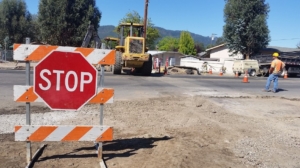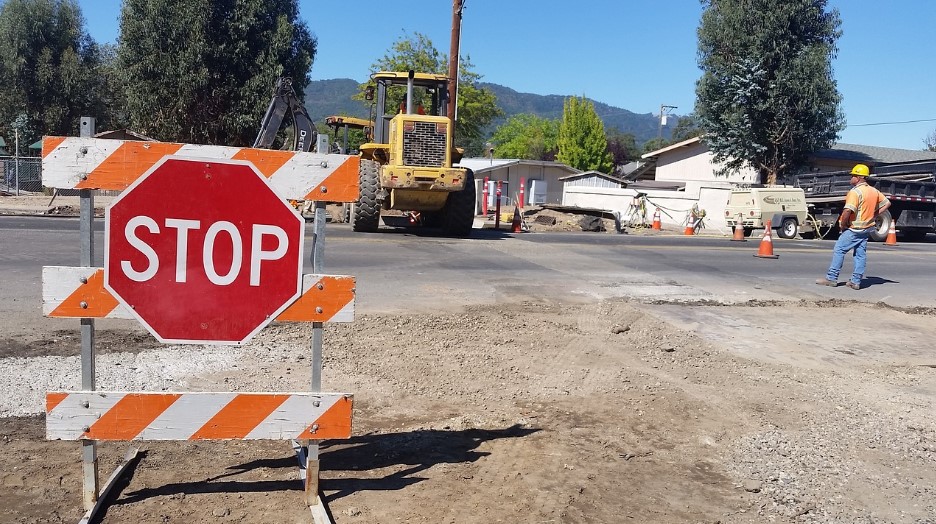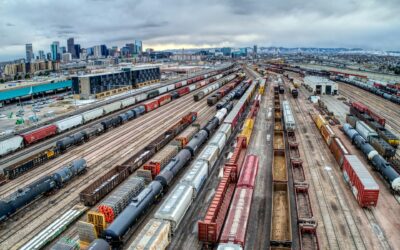Even as a potential recession dampens the enthusiasm for commercial spending plans, the public sector continues to advance large, complex projects of record-breaking magnitude. This is partially because public officials have many funding options, and they are faced with critical infrastructure needs. Many are using alternative funding and innovative methods to deliver infrastructure projects of all types. The support for these more collaborative methods of delivery is now pervading every level of government.
The U.S. Army Corps of Engineers (USACE) announced a new Public-Private Partnership (P3) Program three years ago to accelerate delivery of large, revenue-generating infrastructure projects. The program works with non-federal project sponsors to deliver infrastructure upgrades estimated to cost more than $50 million. The program provides federal support that includes coordinating action items, developing project management tools and streamlining collaboration among stakeholders. It also allows USACE to provide support to 10 projects each year that use the design-build-finance-operate-maintain (DBFOM) method of delivery. Currently, four designated pilot projects are underway this year.
The most recent projects (announced in March 2023) involve restoring 719 acres of ecosystem along the Los Angeles River in California. In addition to a 119% increase in habitat, the project will provide benefits to surrounding disadvantaged communities such as improved water quality, new recreational assets and an overall improvement in quality of life. With $253 million in estimated federal support, the project is projected to create 14,000 construction jobs and attract new visitors to the area. The procurement phase is tentatively scheduled to launch at the end of 2023.

TxDOT officials suggest that procurement for the $1.29 billion phase will begin in the first quarter of 2024. In 2025, the division expects to begin procurement for the project’s subsequent phase which carries an estimated price tag of $1.43 billion. Justification for these alternative delivery projects involves better management of congestion, enhanced safety features, broadened multi-modal support and improved operational efficiency. Both projects are also scoped to include managed lanes.
In Missouri, state officials continue to encourage alternative delivery methods for large transportation projects. Currently, Missouri state law limits the use of design-build contracting to no more than 2% of the total number of construction contracts awarded annually. As the agency advances two large design-build projects through procurement, it is already identifying the next slate of potential design-build projects.
One project that officials have identified for potential design-build delivery involves reconstructing an interchange between Interstate 70 and I-64 in St. Charles County. The project is scoped to address the interchange’s outdated design which is a major source of congestion. State transportation officials are scaling the project to include components that target enhanced safety, increased roadway capacity, modernized corridor design and improved mobility. An initial budget estimate for the project puts the price at approximately $122 million.
South Carolina Department of Transportation will use design-build contracting to accelerate delivery of a $331.5 million bridge project in the township of Santee. Initial preparations are underway to replace a major bridge carrying I-95 across Lake Marion. The project will be launched in 2024.
The Oregon Department of Transportation (ODOT) is pursuing design-build delivery of a new I-5 bridge project with a price estimated somewhere between $450 million and $550 million. The existing Boon Bridge in Clackamas County carries I-5 traffic across the Willamette River and is a critical link between the state’s major urban centers of Salem and Portland. A design-build-deliver model will provide a wider, more seismically resilient version of the bridge that includes additional northbound and southbound auxiliary lanes as well as a new exit ramp.
Alternative delivery methods are also helping city and county officials deliver some of the costliest and most technically nuanced local projects. Two years ago, local leaders in King County, Wash., launched an initiative to explore alternative methods of delivery that encourage collaboration for large-scale capital projects involving multiple stakeholders. Three projects that have been identified for alternative delivery methods are now in various stages of development. One project involves renovating the Wastewater Treatment Division’s West Point Treatment Plant to accommodate changes in electrical feeds. It will also replace approximately 125 electrical assets within the plant. Officials will continue to analyze the $123 million project’s design alternatives through 2023.
The rampant adoption of design-build contracting is especially clear in New York City. Last year, a new position was created within its Department of Design and Construction (DDC) to oversee the expanding design-build pipeline. Several design-build projects are included in the DDC’s $5.9 billion capital improvement plan for 2024. Later this year, the department will request qualifications from design builders for the planned renovation of the Queens Farm Museum. Then, early in 2024, the DDC will request qualifications from potential design-build teams for a sequence of projects to improve comfort stations in public parks throughout the city. Budgets for both projects are still being finalized.
It is always wise to remember that recessions, uncertainty and even economic concerns rarely impact government spending. The nation’s infrastructure of every type must be maintained and goods and services for U.S. citizens will always continue. The wisdom and the path to a competitive advantage lies in knowing who has the funding, how it will be spent and what the timelines are.







